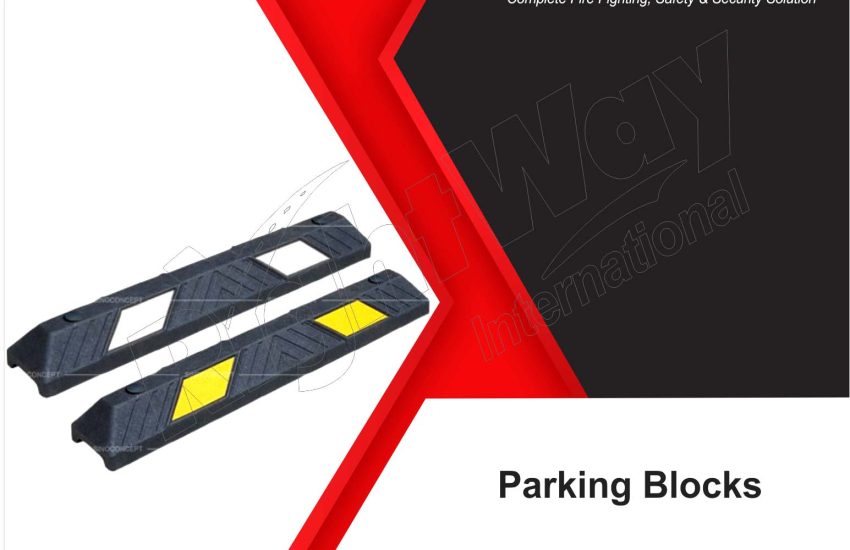Guide to Parking Blocks When it comes to managing parking spaces effectively, parking blocks play a crucial role. These durable, concrete or rubber structures are designed to help organize parking areas, prevent vehicle overhang, and protect landscaping. In this article, we’ll explore the benefits, types, installation, and maintenance of parking blocks, ensuring you have all the information needed to make informed decisions.
What Are Parking Blocks?
Parking blocks, also known as parking curbs, wheel stops, or car stops, are used in parking lots and garages to guide drivers and protect property. They serve as a physical barrier, helping to prevent vehicles from extending beyond designated parking spaces. Common materials include:
- Concrete parking blocks
- Rubber parking blocks
- Plastic parking blocks
Benefits of Using Parking Blocks
1. Space Management
Parking blocks help maximize space in crowded parking lots by providing clear boundaries for each vehicle. This is especially important in areas where parking is limited.
2. Vehicle Protection
They prevent cars from hitting walls, sidewalks, and other vehicles, reducing the risk of damage.
3. Safety
By clearly marking parking boundaries, parking blocks enhance safety for pedestrians and drivers alike, minimizing the chance of accidents.
4. Aesthetic Appeal
Available in various designs and colors, parking blocks can enhance the overall appearance of your parking lot, contributing to a more organized and professional look.
Types of Parking Blocks
- Concrete Parking Blocks
- Durability: Long-lasting and strong, suitable for heavy vehicles.
- Weight: Heavy, providing stability.
- Installation: Requires concrete setting for permanent placement.
- Rubber Parking Blocks
- Flexibility: Lightweight and easy to install.
- Environmentally Friendly: Often made from recycled materials.
- Weather Resistant: Not prone to cracking in cold temperatures.
- Plastic Parking Blocks
- Cost-Effective: Generally cheaper than concrete and rubber.
- Easy to Move: Ideal for temporary setups or events.
- Bright Colors: Often available in vibrant colors for high visibility.
Installation of Parking Blocks
Step-by-Step Installation Process
- Site Assessment
- Measure the parking area to determine the number of blocks needed.
- Check for any underground utilities before digging.
- Marking the Area
- Use chalk or spray paint to outline where the parking blocks will be placed.
- Preparation
- For concrete blocks, dig a trench that is deep enough to accommodate the height of the block.
- For rubber or plastic blocks, ensure the surface is clean and level.
- Placement
- Position the blocks according to your marked outlines.
- For concrete blocks, use a concrete mix to secure them in place.
- Finishing Touches
- Ensure all blocks are aligned properly.
- Clean up the site, removing any debris.
Maintenance of Parking Blocks
Routine Maintenance Tips
- Inspect Regularly: Check for any signs of wear or damage.
- Clean Surfaces: Use a pressure washer or scrub brush to remove dirt and debris.
- Repair as Needed: Replace or repair damaged blocks to maintain safety and functionality.
Conclusion
In conclusion, parking blocks are an essential component of effective parking management. Whether you opt for concrete, rubber, or plastic, investing in high-quality parking blocks can enhance safety, protect property, and improve the aesthetics of your parking area. By following the installation and maintenance tips outlined in this guide, you can ensure your parking blocks serve their purpose effectively for years to come.


